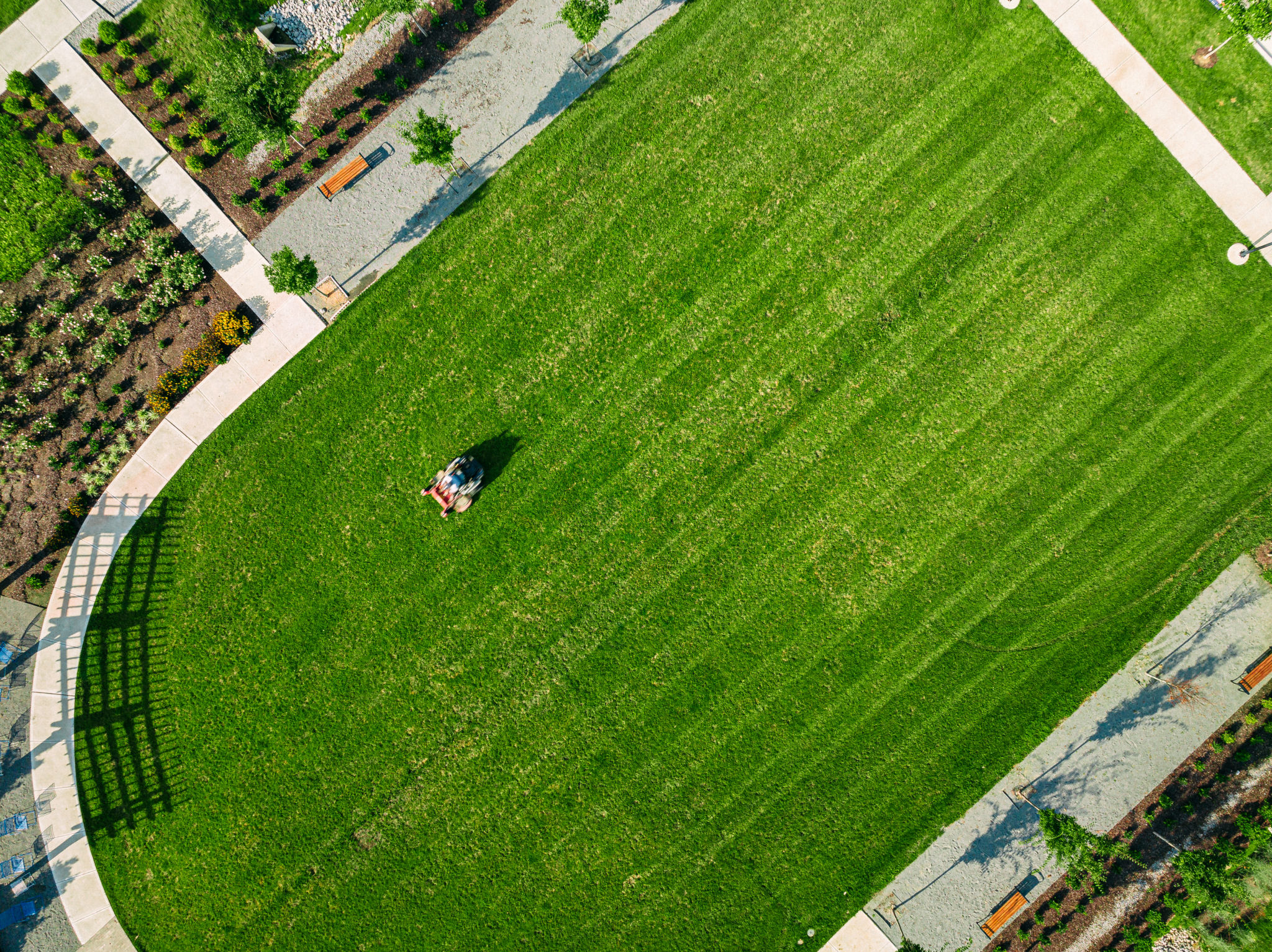DIY Tips for Seasonal Lawn Care in Michigan
Understanding Michigan's Climate
Michigan's climate can be quite diverse, with cold winters and warm summers. This variation means that lawn care needs to be adjusted according to the season. Understanding the unique challenges that come with each season is essential for maintaining a lush and healthy lawn.
During the growing season, grasses benefit from Michigan's ample rainfall and moderate temperatures. However, seasonal changes require specific attention to ensure your lawn remains vibrant and well-maintained throughout the year.

Spring Lawn Care Tips
As the snow melts and temperatures rise, spring is the perfect time to prepare your lawn for the growing season. Begin by cleaning up any debris that has accumulated over winter. Raking helps remove dead grass and leaves, allowing new growth to take root.
Next, consider aerating your lawn. Aeration helps loosen compacted soil, improving water and nutrient absorption. Additionally, applying a slow-release nitrogen fertilizer will support healthy growth during this time.
Overseeding and Weed Control
Spring is also an excellent time for overseeding. This process involves spreading grass seed over your existing lawn to fill in bare spots and improve density. Choose a seed mix suited for Michigan's climate and your particular lawn conditions.

Weeds can be a major issue in the spring. Applying a pre-emergent herbicide will prevent many common weeds from germinating. Be sure to follow the manufacturer's instructions for application, as timing is crucial for effectiveness.
Summer Lawn Care Strategies
During the summer months, lawns in Michigan can experience heat stress. Proper watering is key to maintaining a healthy lawn. Water deeply and infrequently, aiming for about one inch of water per week. Watering early in the morning helps reduce evaporation and fungal diseases.
Mowing is another critical aspect of summer lawn care. Keep your mower blades sharp and adjust the height to leave your grass a bit longer—around 3 to 4 inches is ideal. Taller grass helps shade the soil, reducing water loss and suppressing weed growth.

Pest Management
Summer can also bring pest problems such as grubs and chinch bugs. Monitor your lawn for signs of damage, such as brown patches or wilting grass. If pests are present, consider using eco-friendly pest control options, like beneficial nematodes or insecticidal soap.
Fall Lawn Care Essentials
Fall is an ideal time to prepare your lawn for winter dormancy. Begin by continuing regular mowing until growth slows. Gradually lower the mowing height to prevent matting under snow cover.
Fertilizing in the fall promotes root growth and provides essential nutrients for the following spring. Use a high-potassium fertilizer to strengthen your lawn against winter stress.

Dethatching and Leaf Removal
Thatch—a layer of dead grass and roots—can build up over time, inhibiting water penetration. Dethatching in the fall helps maintain healthy soil structure. Additionally, regularly remove fallen leaves to prevent mold and disease.
Winter Lawn Care Considerations
While winter requires less active maintenance, there are still steps you can take to protect your lawn. Avoid walking on frozen grass, as this can cause damage that becomes apparent in spring. Also, clear any heavy snow accumulations promptly.
Finally, make plans for next year's lawn care based on your observations from this year. Adjust your strategies as needed to address any issues that arose during the different seasons.

